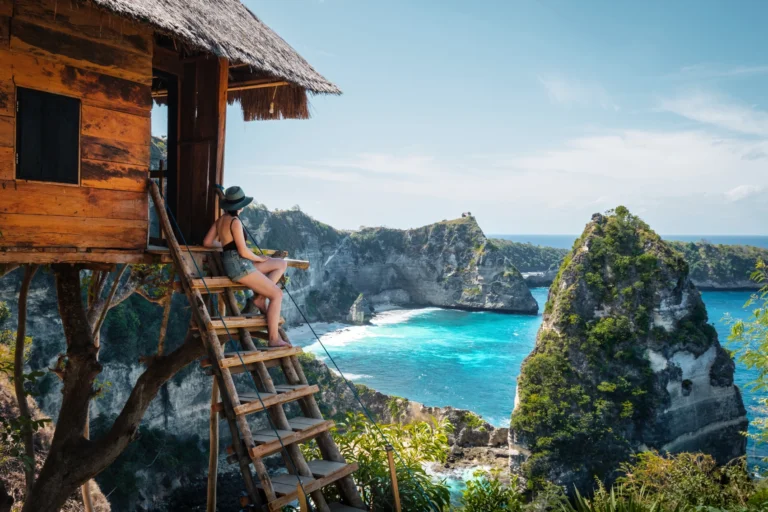
Bangkok’s red light district is one of those places you hear about long before you ever set foot in Thailand. It’s legendary. It’s infamous. And it’s often misunderstood. Before I visited, I’d heard all the clichés: neon lights, go-go bars, cheap drinks, and girls dancing on poles. But what I saw, experienced, and learned while walking through these streets at night was much more complicated than I expected.
This article is not just about what’s flashy. It’s about what lies behind the curtain of Bangkok’s red light district, the energy, the humanity, and the contradictions that make it both magnetic and unsettling. If you’re considering a visit or just curious, this guide offers a real look inside, from someone who’s been there, eyes wide open.
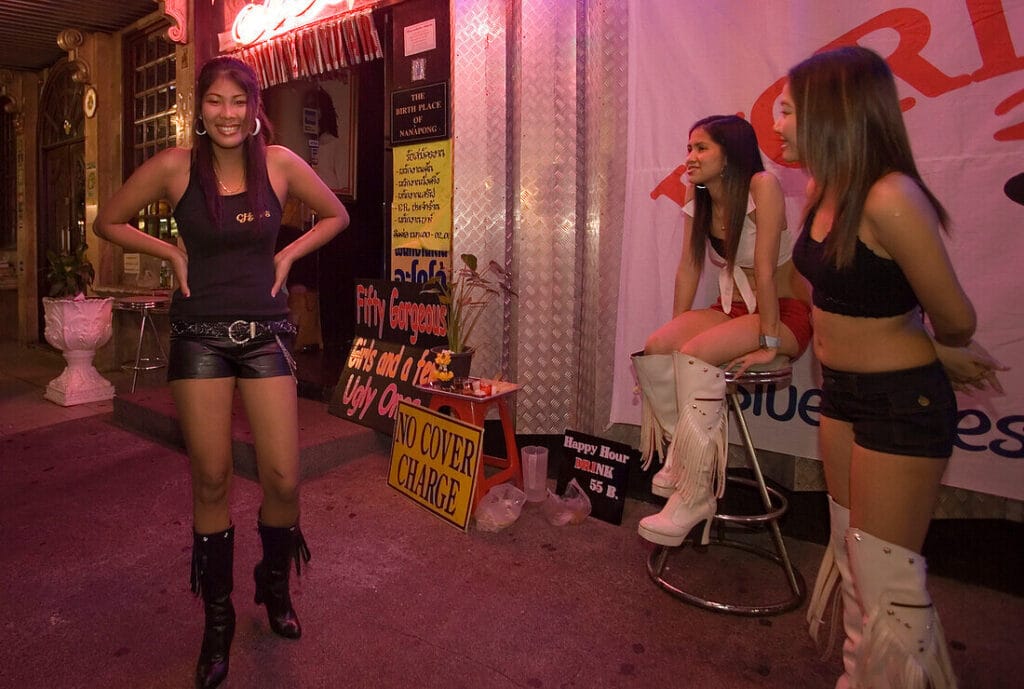
My First Steps Into Bangkok’s Red Light District
I landed in Bangkok during the sweltering heat of July, jet-lagged but eager to explore. Like many travelers, I was drawn to the nightlife. And when you’re in Bangkok, that usually leads to one place: the red light district. There are three major ones, Soi Cowboy, Nana Plaza, and Patpong, each with its own flavor. On my first night, I found myself at Soi Cowboy, the most tourist-friendly of the three.
Walking down the narrow street lit up like Vegas on steroids, I was immediately bombarded by music, flashing signs, and greeters trying to lure me into their bars. It felt like a carnival, but the main attraction wasn’t roller coasters. It was the girls, the shows, and the thrill of what might happen behind closed doors.
It’s Not Just About Sex
Here’s something no one tells you about Bangkok’s red light district: not everyone is there for sex. Sure, sex work is the backbone of the scene, but it’s also a place where people go just to gawk, grab a beer, or have a weird story to tell their friends back home.
I met backpackers, businessmen, couples, and even families walking through. Yes, families. Some were curious, others uncomfortable. But the fact is, Bangkok’s red light district has become part of the city’s tourism economy. Some bars are more about cabaret than intimacy, and others offer ladyboy shows that are as entertaining as any Broadway act.
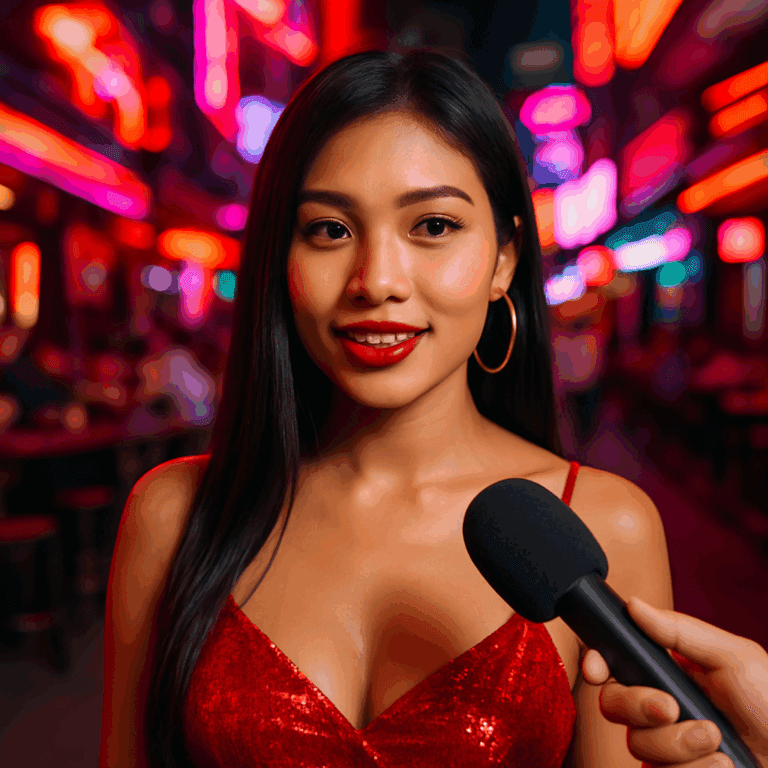
The Workers Behind the Curtain
One of the most surprising parts of my visit was how open some of the workers were to talking. I sat at a small go-go bar in Nana Plaza and struck up a conversation with a woman named Nook. She was in her early 30s, spoke solid English, and told me she had a college degree.
“I make more money here than I ever could in an office,” she said, shrugging. “And I get to go home when I want.”
Not every story is this casual. Many women are working to support their families in rural parts of Thailand. Some are single mothers. Others are sending money back home. And yes, there are darker stories too, of coercion, of limited choices, and of people getting trapped in a system they didn’t fully understand. But painting all workers with one brush misses the point: like any industry, there are layers, motivations, and complexities.
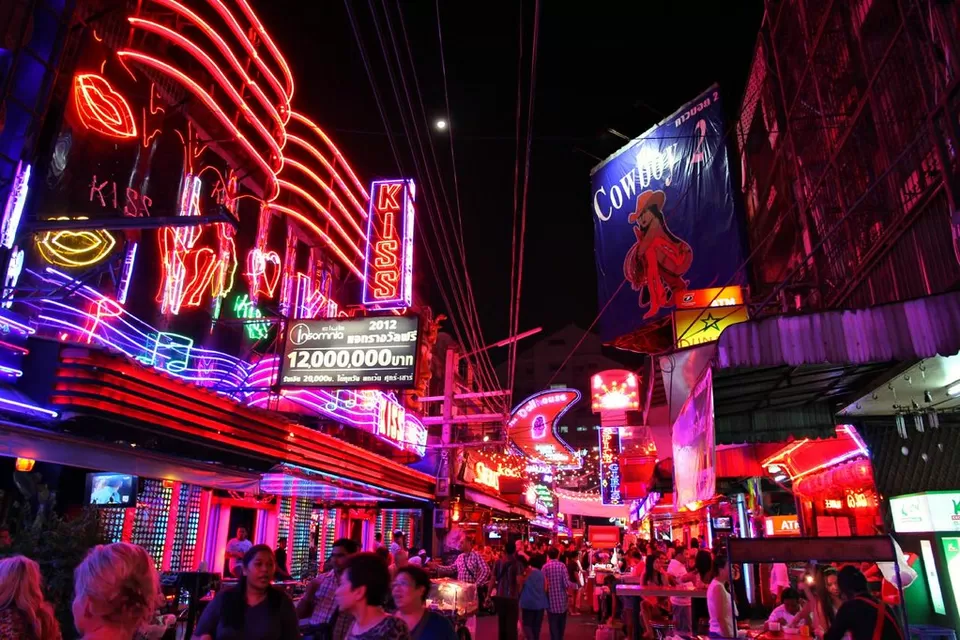
The Ladyboy Bars: A Whole Different World
One of the most surprising and misunderstood aspects of Bangkok’s red light district is the presence of ladyboy bars, venues featuring transgender women, or kathoey as they’re called in Thailand. These aren’t hidden corners or sideshows. They’re front and center, proud, lively, and often more stylish and entertaining than their more traditional counterparts.
I stepped into the Cockatoo Bar in Soi Cowboy one night, curious after reading about it in a travel forum. From the outside, it looked like just another brightly lit venue. Inside, it was something else entirely. Ladyboy performers in dazzling outfits took turns dancing on a small stage surrounded by mirrors, strobe lights, and blaring pop music. But it wasn’t the glamour that caught my attention; it was the energy. These women owned the room.
Cockatoo wasn’t seedy or tense. It was playful and theatrical. Some performers came around to chat, joke, or flirt, all part of the performance, of course, but there was less pressure to spend money than in other venues. It felt more like a cabaret show with a shot of Bangkok edge.
Another night, I checked out Obsession Bar in Nana Plaza, one of the most famous ladyboy bars in the city. Obsession has been around for years and is known for being more polished, with dancers who look like they’ve stepped out of a magazine. The lighting is moodier, the music bass-heavy, and the whole vibe is more nightclub than go-go bar. I met a solo Australian traveler who told me he’d been coming back to Obsession every year since 2015, “They remember me by name,” he said with a grin.
What stood out to me in both venues was how much more comfortable and confident the performers seemed compared to some of the women I saw working in other red light bars. Many ladyboys face limited job opportunities in broader Thai society, so these bars often offer a space not just for income, but for expression, theatrical, sensual, powerful.
Ladyboy bars are not “traps” like some travel blogs suggest. Yes, you should still be cautious, always ask about prices, and don’t assume affection equals romance. But most of these venues are upfront about what they are: performance-focused, flamboyant, and unapologetically proud spaces that challenge visitors’ assumptions.
Thailand has long had a more open, if not always equal, view of gender identity. Ladyboys appear in pop culture, media, even beauty pageants. Still, that societal openness doesn’t always translate into daily life. Many transgender women face rejection from traditional employers or families, making nightlife work a lifeline. But within the walls of these bars, they aren’t outsiders. They’re stars.
If you’re open-minded and respectful, visiting a ladyboy bar in Bangkok’s red light district is an unforgettable experience. Not because it’s strange or shocking, but because it reminds you how much beauty and power there can be in identity, transformation, and performance.
These aren’t just sex workers or dancers. Many of them are artists, comedians, stylists, survivors, and visionaries in their own right.
Whether you stay for a drink, a show, or just people-watching, stepping into a ladyboy bar in Bangkok is stepping into a space where the lines between gender, entertainment, and empowerment blur, and that’s what makes it one of the most fascinating parts of the district.
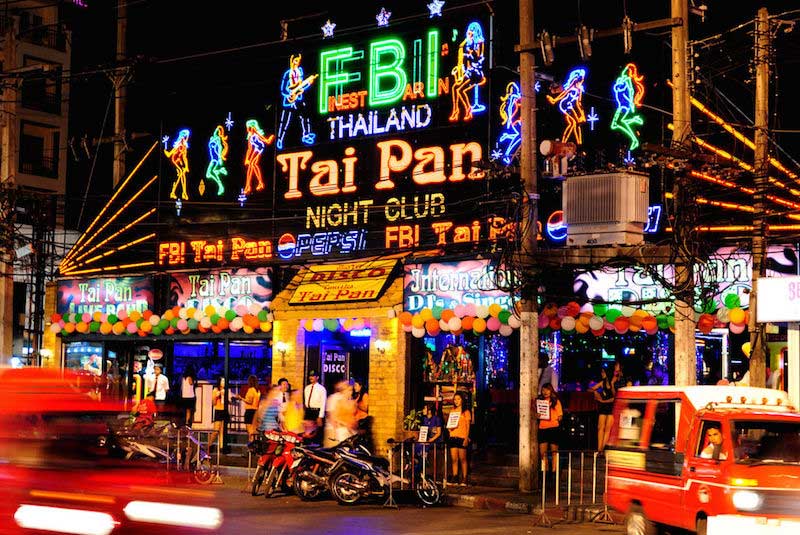
The “Ping Pong Shows”: Shock Value or Exploitation?
No discussion about Bangkok’s red light district is complete without mentioning the infamous “ping pong shows.” If you’re not familiar, just know that they involve women using their bodies to perform a variety of… unconventional tricks with everyday objects. It’s the stuff of urban legend — and yes, it’s very real.
I went to one out of pure curiosity. It was cheap, awkward, and honestly, a bit sad. The women performing didn’t look like they were enjoying themselves, and the crowd was mostly drunk tourists laughing uncomfortably.
If you’re thinking about seeing one, ask yourself why. Is it for a wild story? Is it out of respect for performance art (it’s not that)? Or is it just to check a box on some bizarre travel bingo card? For me, it was a one-time thing, and I left feeling like I’d contributed to something I didn’t fully understand or support.
Safety and Scams: What You Should Know
Of all the things I wish someone had warned me about before visiting Bangkok’s red light district, it’s this: scams are not the exception — they’re the business model in many places.
From the outside, many bars and venues look playful or low-key. But once you’re inside, things can change quickly. Prices are rarely posted clearly, and once you’re inside a shady establishment, the staff knows they hold the power. I learned this the hard way.
At a bar in Patpong — a little less polished than Soi Cowboy or Nana — I ordered a beer and chatted briefly with a dancer who sat down beside me without asking. Ten minutes later, the bill arrived: 1,800 baht (about $50 USD). When I asked why, I was told I’d also agreed to buy the dancer a “lady drink” — a wildly overpriced beverage they get a cut from. I hadn’t agreed to anything. But arguing was pointless. Two large bouncers suddenly appeared at either end of the bar like they’d rehearsed the move a hundred times. I paid and left — fast.
Here are some common scams to look out for in Bangkok’s red light district:
- The Lady Drink Trap: A dancer or hostess sits with you and you’re charged for her drink (or two or three) at 3–5x the normal price.
- The Show Scam: You’re enticed into a bar for a “free ping pong show,” but when it’s time to leave, you’re handed an outrageous bill for “performance fees” or “special seating.”
- The Bait-and-Switch: A bar might advertise cheap beers (like 99 baht), but once inside, you’ll be told it only applies to specific times or certain brands — the rest are double or triple.
- Intimidation: If you refuse to pay or complain, many venues rely on the implied threat of violence or embarrassment to get their money. Most people — especially tourists — fold rather than risk a public confrontation.
What surprised me most was how systematic these scams were. They weren’t happening in dark alleys — they were inside venues packed with other tourists. It all felt…normalized. You see it happening, you know it’s wrong, but everyone is playing their part: the tourists too embarrassed to make a scene, the workers doing what they need to survive, and the owners quietly profiting behind the scenes.
If you’re going to explore Bangkok’s red light district, take some precautions:
- Stick to reputable bars: Ask other travelers, read recent online reviews, and don’t trust random touts on the street.
- Ask for a menu before you order anything — and confirm prices upfront.
- Don’t go alone if it’s your first time. The buddy system helps.
- Avoid getting drunk too early. You need a clear head to navigate the scene safely.
- If something feels off — leave. Don’t worry about seeming rude.
Despite the scams, not every place is predatory. Some venues are well-run, where performers are treated well, and where you can have a fun, strange, and memorable night. The key is knowing where you are and who’s making the rules.
My Honest Take: What I Learned
I went in expecting to laugh, maybe cringe, and leave with a story. What I didn’t expect was to have real conversations with people who defy the stereotypes. I didn’t expect to see a whole ecosystem — from bar owners to performers to tourists — operating in this strange, symbiotic world.
I also learned that while sex tourism is a part of Bangkok’s identity, it doesn’t define the city. The Thai people I met outside the red light areas were proud, generous, and welcoming. The temples, street food, and local neighborhoods are where the heart of Bangkok really lives.
If You Go
Bangkok’s red light district will challenge your assumptions. Some of it is fun. Some of it is sad. And some of it is simply bizarre. But if you approach it with curiosity instead of judgment, and if you treat the people who work there with dignity, you’ll walk away with a more nuanced perspective — and maybe even a better understanding of the world.
Just don’t go thinking you know what to expect.
Because no one really tells you what Bangkok’s red light district is like — until you see it for yourself.

